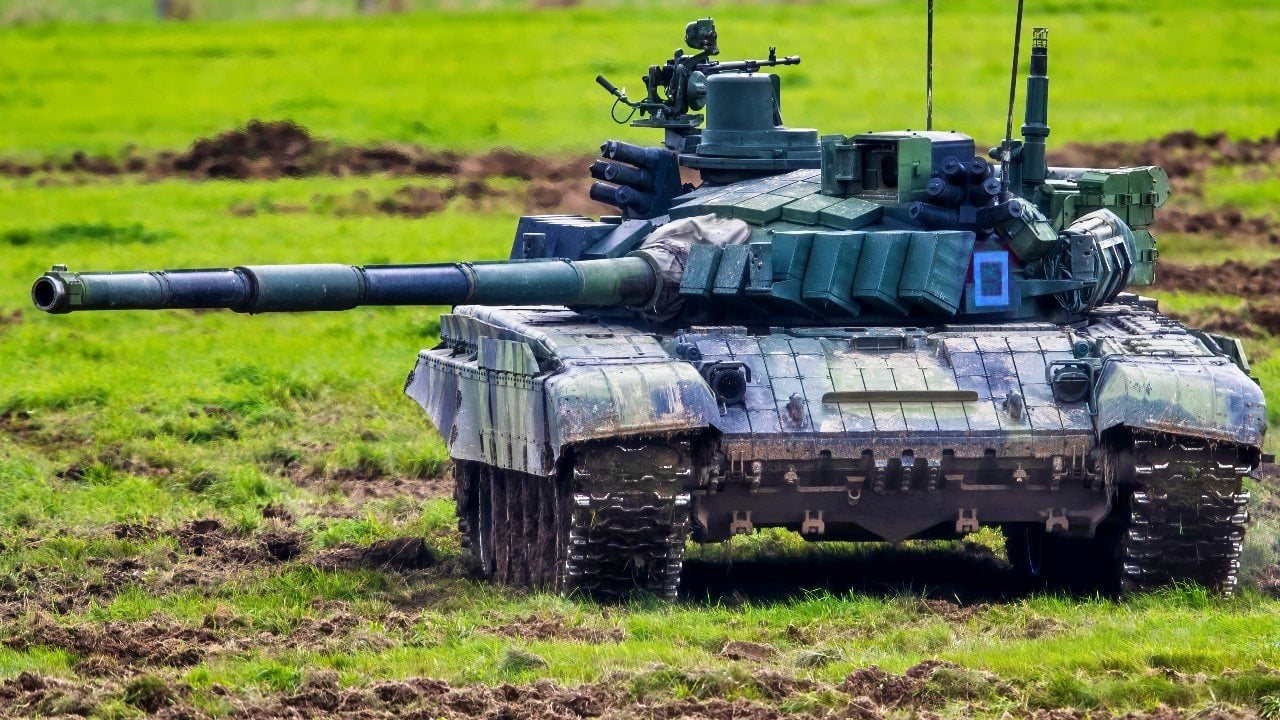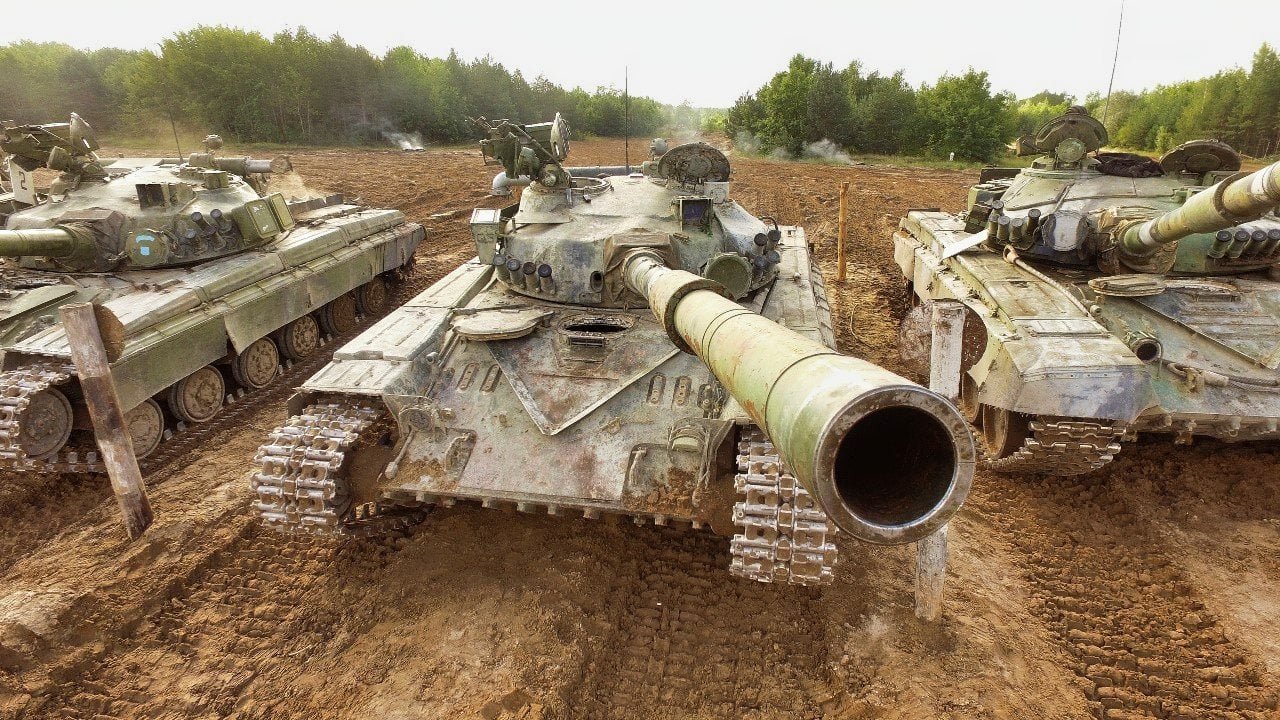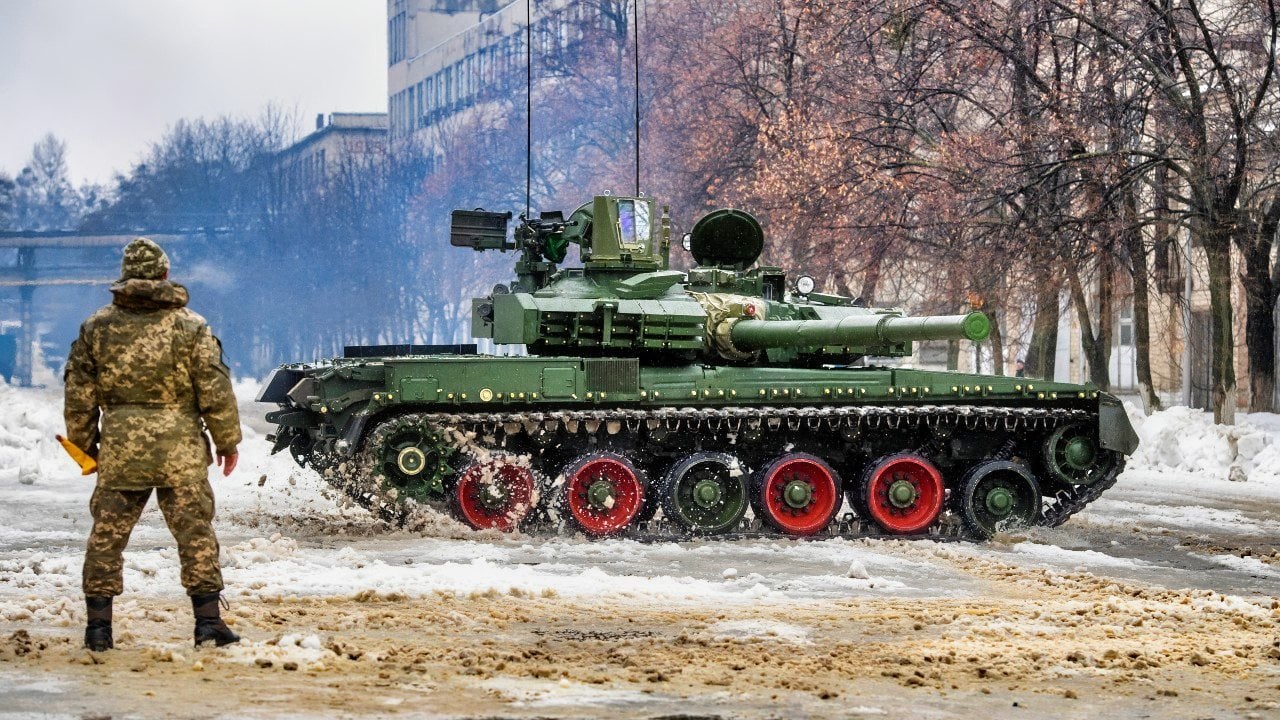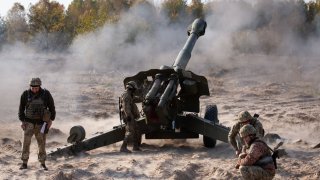Big Gun War: The Ukraine Conflict Is 1 Massive Artillery Dual
The ongoing conflict in Ukraine remains dominated by artillery duels, reminiscent of World War I trench warfare. Despite Ukraine receiving Western military aid, the Russian artillery advantage has been reduced from 7-to-1 to 5-to-1.
Summary and Key Points: On June 23, a Ukrainian missile strike near Sevastopol in Russian-occupied Crimea reportedly killed at least five people and injured over 100, according to Russian authorities. The attack, allegedly carried out with U.S.-supplied ATACMS missiles, has escalated tensions, with Russia promising retaliation.

-The ongoing conflict in Ukraine remains dominated by artillery duels, reminiscent of World War I trench warfare. Despite Ukraine receiving Western military aid, the Russian artillery advantage has been reduced from 7-to-1 to 5-to-1.
-However, Russia continues to maintain a significant arsenal, supplemented by support from allies like North Korea, indicating that the artillery battles are far from over.
Ukraine's Missile Strike in Crimea: Tensions Soar After Sevastopol Attack
Russian authorities claim at least five people were killed and more than 100 injured after a Ukrainian missile strike on June 23 near Sevastopol in Russian-occupied Crimea.
The Kremlin announced on Telegram that Kyiv carried out the attack using "U.S.-supplied ATACMS operational-tactical missiles equipped with cluster warheads."
The Russian Ministry of Defense says the strike "will not go unanswered," and Russia regularly targets Ukrainian population centers. Kyiv did not comment, but has previously said it would target Russian naval bases and vessels to isolate the peninsula.
Despite this weekend's strike, much of the fighting in Ukraine continues to be artillery duels – a fact that is little changed from two years ago. The war in the Donbas region evokes comparisons to the First World War, with massive trench lines, static defenses, and advances that are measured in yards, not miles.
Though Russian forces were able to make some advances this spring as Kyiv waited for much-needed military aid, the Kremlin's munitions advantage has slowly begun to shrink. Yet it could take weeks, and perhaps months, for Western aid – including much-needed artillery ordnance – to arrive in Ukraine and then to make its way to Donetsk, where the fighting remains the heaviest.
"It takes time to load ships that must then cross the Atlantic," Ivan Havryliuk, Ukraine's first deputy minister of defense, told The Associated Press. "But we're already seeing the (results). Russia's artillery advantage was 7-to-1 at the start of the year, but is down to 5-to-1 now."
Russian Artillery Losses Mount in Ukraine
The artillery duels show no signs of letting up. It could intensify this summer and throughout the autumn as Western aid arrives. It has been a costly endeavor.
As Newsweek reported last week, the Kremlin hit a grim milestone in its artillery losses in the more than two-year-long conflict.
"14,000 russian artillery losses since the beginning of the full-scale invasion. We continue to destroy russian weapons. We pave our path to Victory," Ukraine's Ministry of Defense said in a post on its social media channels.

Moscow has neither acknowledged nor confirmed the losses of artillery pieces, and Kyiv didn't identify exactly what types of weapons were destroyed.
Despite the losses, Russia maintains an artillery advantage, simply because it had the much larger arsenal before fighting started. Russia's stocks of older platforms have allowed it to replenish its forces. But the Kremlin also faces ordnance shortages, and it has been forced to reach out to its allies, notably North Korea. Earlier this month, Pyongyang reportedly sent millions of artillery shells to aid Russia's war effort.

With Western ordnance on the way to aid Kyiv, and shells coming from North Korea to support Moscow, the artillery duel will continue to drag on.
Author Experience and Expertise: Peter Suciu
Peter Suciu is a Michigan-based writer. He has contributed to more than four dozen magazines, newspapers, and websites with over 3,200 published pieces over a twenty-year career in journalism. He regularly writes about military hardware, firearms history, cybersecurity, politics, and international affairs. Peter is also a Contributing Writer for Forbes and Clearance Jobs. You can follow him on Twitter: @PeterSuciu. You can email the author: [email protected].
All images are Creative Commons or Shutterstock.
From the Vault
Russia Freaked Out: Why the U.S. Navy 'Unretired' the Iowa-Class Battleships
Battleship vs. Battlecruiser: Iowa-Class vs. Russia's Kirov-Class (Who Wins?)


